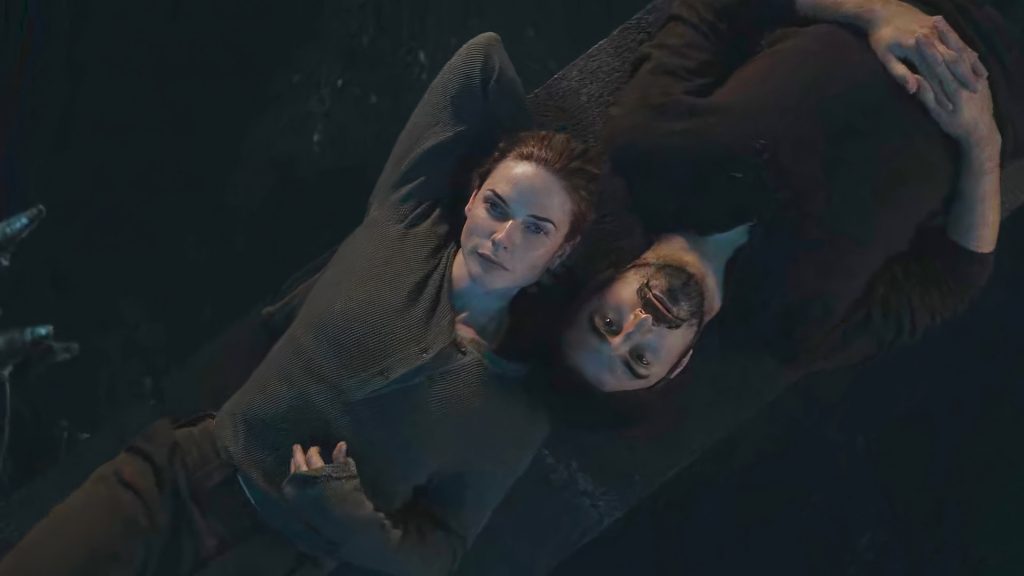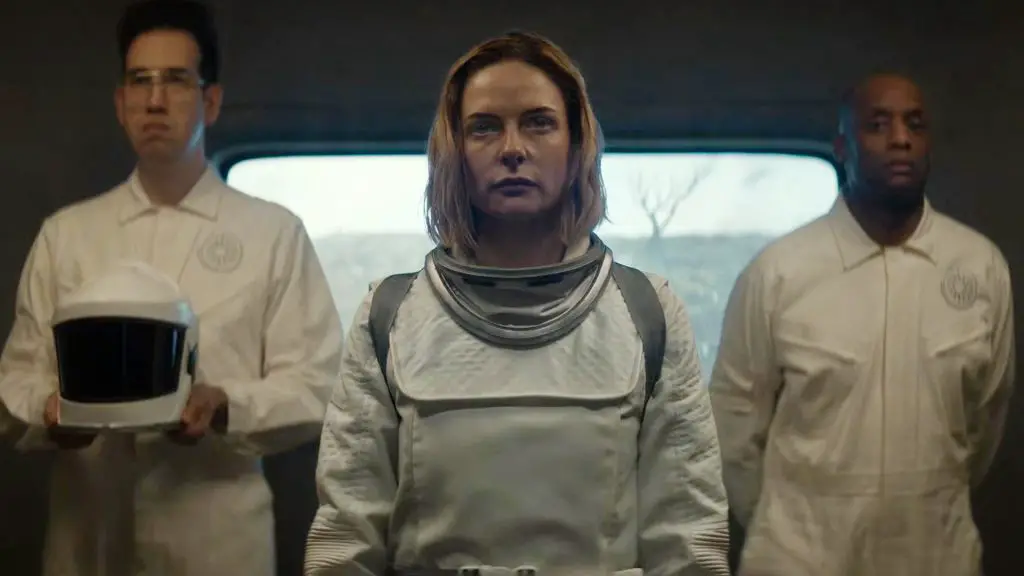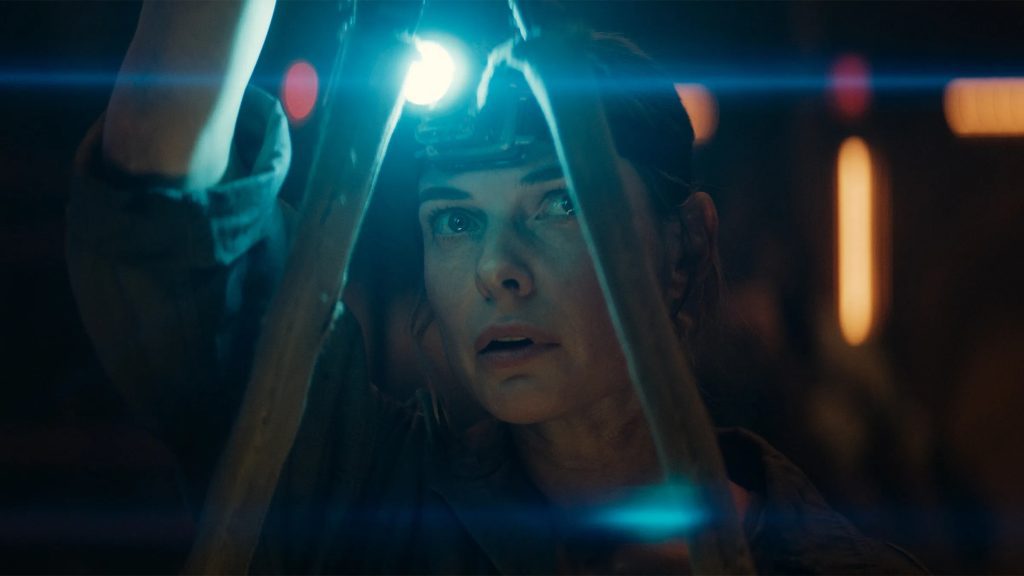“Graham Yost’s spellbinding translation of Hugh Howey’s renowned Silo book series for Apple TV+ represents one of the most riveting masterpieces in television history. This captivating series has continued to intrigue its audience through its rich narrative universe and mythology, which delve into the cryptic silo and its inhabitants, their shared controversies, speculations, and a mysterious ailment known as The Syndrome.
After a season of escalating suspense, viewers are at last provided with their much-awaited revelations in the final episode, aptly titled Outside. This climactic episode of Silo unravels the crucial significance of seemingly trivial elements introduced earlier in the series, resulting in an unexpected hour of riveting television.
The Enigma That Is The Syndrome

In a departure from the original books, The Syndrome isn’t an established element of the series’ lore, adding to its intriguing aura. But what exactly is it? What could possibly be the cause? The first few episodes of Silo drop subtle hints about this mysterious affliction. It’s only in the sixth episode that we encounter an actual character suffering from the condition. Deputy Billings, when confronted by Juliette over his lack of trust, is accused of secretly wrestling with the illness himself.
While this episode refrains from diving into the specifics of this fictional ailment, it does establish its profound implications within the show’s sci-fi narrative. So, what exactly is The Syndrome? Our first clue surfaces on a notice board within the silo’s mechanical section. Labeled “The Syndrome: Do you know the signs?”, the board delineates the symptoms: uncontrollable twitching, shaking of the limbs, sudden flashes of pain, muscle convulsions, hindered balance and mobility, and if left untreated, an infection that assaults the brain, diminishing cognitive abilities and eventually causing complete neural shutdown.
The board encourages those affected to seek immediate medical assistance, stressing the importance of prompt reporting of symptoms. It concludes with a reminder about the paramount importance of maintaining a healthy lifestyle for the residents’ well-being. As per Article 5 of the silo’s Pact, individuals afflicted with The Syndrome are ineligible for roles of responsibility that could endanger the other silo inhabitants. This sheds light on Juliette’s outrage towards Billings for suppressing his condition while continuing in his role as Deputy.
Although Silo doesn’t reveal the source of The Syndrome directly, the symptoms hint towards an illness that impairs motor and cognitive functions. Considering the emphasis on “clean living”, The Syndrome could potentially be a non-infectious bacterial disease triggered by prolonged exposure to certain environmental elements within the silo, such as indoor pollution and corroded metal parts. The mechanical area, where the notice board is located, is likely more polluted than other sections.
Events Unfolding in the Season 1 Finale

Armed with compelling evidence found on George’s hard drive, Juliette contrives a plan to unmask the Judicial’s deceptions in the season finale, Outside. But with the security tightening, her task is far from easy. Fortunately, she has allies in Patrick Kennedy and hacker Danny. They embark on a daring mission to transmit this damning footage to the Judicial monitor hub via signal boosters scattered across the silo.
The nail-biting finale unfolds as Mayor Holland instructs everyone in the chamber to avert their eyes. The entire season engrosses viewers in a dystopian society where constant surveillance is the norm, and luxury and power carry a hefty price tag. The season ender provides clarity, revealing the roots of this oppressive atmosphere. As the reality of the outside world being a inhospitable wasteland sinks in, stringent rules are implemented, leading to a culture of secrecy within the silo.
The carefully constructed narrative climax rewards viewers with high drama, providing tantalizing glimpses into possible directions for future seasons. Subtle references to mysteries previously unveiled add layers of complexity and intrigue to the show’s potential trajectory. The capture of Juliette marks a significant turning point. To prevent an uprising and preserve her cronies, Mayor Holland sidesteps due process and labels Juliette a significant threat to the facility’s future.
During her confinement, Juliette has a brief exchange with Martha. Led by Sims and Mayor Holland, she is escorted around the silo, bound and shackled, witnessing the fate of her lover, George. Learning of George’s decision to take his own life to evade torture shatters Juliette, yet she remains unyielding. She uncovers that she was an unintended product of the silo’s breeding policy. Undaunted, she boldly proclaims her rebellion, marking a surprising twist in her fate as she embarks on her cleaning assignment.
As she sets off, expected to share a similar fate to Holston’s, a crowd gathers to watch. However, Juliette subverts expectations, rejecting the expected cleaning task. Instead, she peers through her suit’s filter, revealing a vibrant, green landscape teeming with life. This vision contradicts Mayor Holland’s belief that leaving the silo inevitably leads to death. As Juliette strides into the unknown, the viewer is left contemplating what awaits her outside the silo.
As the first season of Silo concludes, many questions about Juliette’s future remain. Given the source material, it’s likely that Graham Yost will continue delivering a largely faithful adaptation. Juliette’s journey will lead her to other silos, discovering societies with their own unique systems of self-governance.
Will she uncover an interconnected web of information among these fortresses? What cataclysmic event resulted in Earth’s current desolate state? Will characters from Juliette’s silo reappear, potentially igniting a rebellion? The tantalizing loose ends leave much to explore in what promises to be an intricate and captivating second season.”


